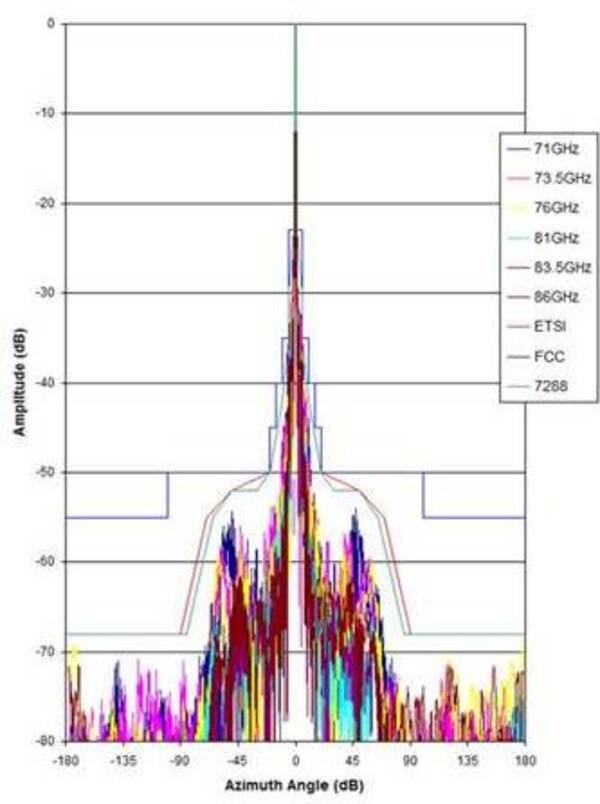Editor’s Note: This is the next installment for the “Meet the RF Experts” series in which contributors to the Understanding the RF Path e-book elaborate on subjects in their areas of expertise.

One way of boosting capacity in such areas is by moving backhaul into high-capacity spectrum (also known as the E band, millimeter wave backhaul, or even “optical fiber in the air”).
In this spectrum, the 80 GHz frequency range offers unique benefits due to its propagation characteristics. It has the potential for fiber-equivalent throughput with signals transmitted in very narrow beams—often called “pencil beams”—rather than the wider beams in lower bands.
These pencil beams make 80 GHz more spatially efficient, meaning a greater number of paths can be used in the same channel.
But like in many things, these additional benefits come with increased risks. In fact along with pencil beams come side lobes and back lobes. The primary source of interference from a narrow beam 70/80 GHz link is line-of-sight power directed into the main lobe or side lobes of a victim receiver antenna. A high density environment increases the potential for interference as well as the impact of interference. When interference occurs, it can not only distort the signal but cause a complete signal drop—risking a total loss of the wider pipe! Signal interference is potentially more catastrophic in millimeter wave frequency ranges and needs to be defended against.
The millimeter wavelength is also more sensitive to the environment, particularly rain, than in the lower frequencies. Rain starts attenuating wireless signals above 10 GHz. When you get into the 80 GHz range, attenuation due to 25 mm of rain per hour is 10 dB/km, while rain rates of 100 mm/hr can cause attenuation of 30 dB/km. That’s a big hit to performance and can also lead to drops. The worst case will be when the desired signal is fully rain-faded and the interference signal has no rain fading.
If this level of interference and performance degradation happens, you lose all the benefits of deploying in the 80 GHz band in the first place. To defend against this threat, you need to ensure that your microwave and millimeter wave antennas are compliant and performance verified. A small mechanical error can be a big RF error. A non-compliant antenna will destroy all the benefits of optical fiber in the air. Ask your antenna manufacturer for the test reports. If your antennas cannot contain interference properly, you are risking major network disruptions.
I mention E-band spectrum as one of the backhaul techniques of tomorrow towards the end of chapter 9 in the Understanding the RF Path e-book. I also touch on the 60 GHz unlicensed band. Leave me a comment if you would like to discuss either of these bands or the future of microwave backhaul generally.







